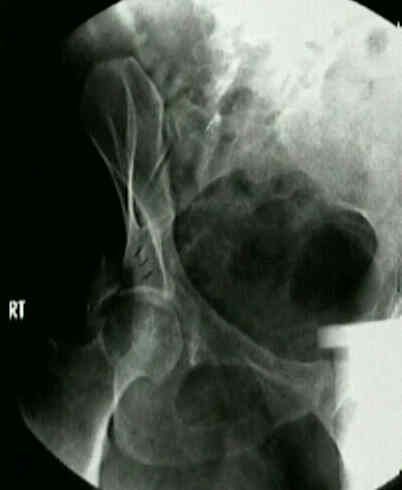
Chronic pelvic pain: 7.8 million women in Italy suffer from it, 1 in 4
According to a survey conducted by Onda, the National Observatory on Women’s Health, chronic pelvic pain impacts multiple aspects of daily life such as mood and couple intimacy, for 48% of respondents. 30% report having been seen by 3 or more doctors before reaching a diagnosis. 7 months between onset of symptoms and first consultation.
From October 24-28, 2016 (H)Open Week in 4 hospitals, a week of free services on the topic: an initiative promoted by Onda with the unconditional contribution of IBSA Farmaceutici
Chronic pelvic pain, many suffer from it – as many as 1 in 4 women in Italy – it can be very debilitating and can limit even the simplest daily activities. “According to a survey sponsored by Onda to explore knowledge and awareness of the disease,” explains its president Francesca Merzagora, “among a sample of 600 women aged 18 to 50, pelvic pain strongly impacts multiple dimensions of women’s daily lives from the start, such as mood (48 percent) and couple intimacy (48 percent). Pain is mostly compared by sufferers to the pricking of many pins (17%), a stab wound (12%), a hammer beating (10%) or a fire burning inside (10%). It is therefore considered as something pervasive, generating nervousness, affecting the woman‘s happiness, making her feel uncomfortable, tired and depressed. Despite this, women often delay going to the doctor.
In fact, 7 months elapse between the onset of symptoms and the first consultation.”.
The first doctor asked is the family doctor although the gynecologist remains the figure of reference for this disease, consulted by 7 out of 10 women. It is noteworthy that 46% said they had consulted 2 medical figures and 30% had been seen by 3 or more doctors.
“Although it is a phenomenon that, if neglected, is capable of leading to even serious consequences, the multifactorial nature of the causes of this disorder – the pelvis houses not only the organs of the reproductive system, but also the urinary, gastroenteric, musculoskeletal and nervous systems – together with an ‘obstacle course’ between specialists, generate major diagnostic delays,” says Monica Sommariva, Medical Director of the Urology and Spinal Unit of the G. Fornaroli of Magenta.
“The diagnosis is usually ‘by exclusion,'” the expert continues. It is not always possible to identify an actual cause, and often multiple causes, even of different specialized expertise, interact in the onset of the painful symptomatology. When pain becomes chronic, it is created as a ‘short circuit’ at the level of the nerve structures deputed to its processing, responsible for the self-maintenance of the painful sensation.
Pain thus turns into a real disease, becoming an inseparable, pervasive companion in all areas of life: affective-familial, social-relational and occupational.
Chronic pelvic pain today can be treated with a combination of high-level medical and behavioral therapies while achieving effective control. However, the worst pain is that of those who are not understood in their suffering, but now someone is able to listen and each patient is no longer alone but can overcome and smile at life,” he concludes.
The data also show that in general the internet is the first source of information for both healthy women and those with the disease (about 40%). As many as 9 out of 10 women who suffer from it in fact express a desire for more information about the disease. “It turns out to be essential, however, to turn to specialized facilities, managed by multidisciplinary teams, composed of different and specific professional figures complementary to each other, capable of grasping, through a comprehensive approach, all the aspects that the complexity of this pathology tends to generate, investigating all the possible causes and to identify the most appropriate therapeutic measures,” adds Francesca Merzagora.
For this reason, Onda has decided, with the unconditional contribution of IBSA Farmaceutici, to organize an (H) Open Week on chronic pelvic pain from October 24 to 28, 2016 with the aim of raising awareness among the female population on the importance of prevention and early recognition of symptoms, facilitating in the choice of the place of treatment.
This is a project that will involve four hospitals located in 4 different Italian regions (Campania, Lombardy, Sardinia and Tuscany), representing the different territorial realities at the health level. The hospitals involved, which will offer a week of free services on the topic of chronic pelvic pain such as checkups, examinations, informative meetings, counseling and informational materials, are: the Azienda Ospedaliera Giuseppe Moscati in Avellino, the ASST Papa Giovanni XXIII in Bergamo, the Presidio Ospedaliero Giovanni Paolo II in Olbia and the Azienda Ospedaliero Universitaria Senese in Siena.